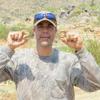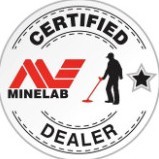Went Hunting With With AT Pro Users
-
Similar Content
-
- 9 replies
- 587 views
-
Mf Machines On Mineralized Black Sand Salt Beach. Update 4/8 Legend, Manticore, Nox 900. 1 2 3 4 9
By midalake,
- 83 replies
- 10,370 views
-
- 3 replies
- 538 views
-
- 7 replies
- 790 views
-
- 12 replies
- 2,003 views
-
Target ID Chart Differences Between Equinox 600/800 And Equinox 700/900/manticore 1 2 3 4 5
By phrunt,
- 44 replies
- 7,949 views
-
-








Recommended Posts
Create an account or sign in to comment
You need to be a member in order to leave a comment
Create an account
Sign up for a new account in our community. It's easy!
Register a new accountSign in
Already have an account? Sign in here.
Sign In Now